Vancouver House Campus is a highly efficient building due to a wide variety of sustainability features and its recent construction (2020). The developer of our campus is currently pursuing LEED Certification from the Canada Green Building Council.
Energy
While the campus has a great deal of glass, efficient triple pane glass was used to create a tight envelope or shell to reduce heat loss. Each of UCWs buildings is also well shaded to reduce solar heat gain in the summer.
To create optimal insulation, bird habitat and a pleasing aesthetic, each of our buildings are topped with green roofs.
The buildings are on a district energy system for both heating and cooling. When heating in the winter, the district energy system relies on 96% efficient boiler systems that deliver low temperature hot water for heating.
All of the lighting within our campus is light emitting diode (LED) technology and we selected classroom AV and kitchen appliances for energy efficiency.
In support of electric vehicles, all parking spots in our underground parking are wired for EV chargers.
Tips: Help us conserve energy to reduce our impact on the planet by:
- Turning it off when it’s not in use.
- Taking the stairs whenever possible (It’s better for your health too)
Water
Water and energy have always been closely linked in the world of buildings management. In fact, the water that we use, takes energy to clean, move and dispose of after use. This is true in British Columbia, as much as anywhere in the world, because 97% of our electricity comes from hydroelectric dams.
At UCW, all of our fixtures are low flow efficiency rated fixtures to reduce water consumption. In the interest of human health, lunch facilities are also equipped with additional purification systems.
The aforementioned green roofs also control storm water by absorbing rainfall. They also delay storm water release by emptying excess water to a cistern system before releasing into the city’s stormwater sewers.






